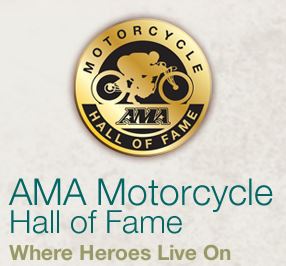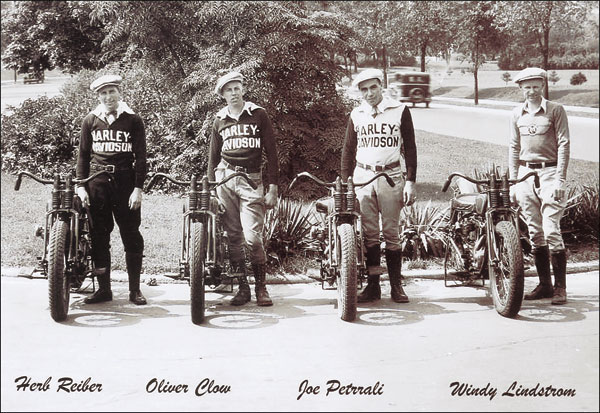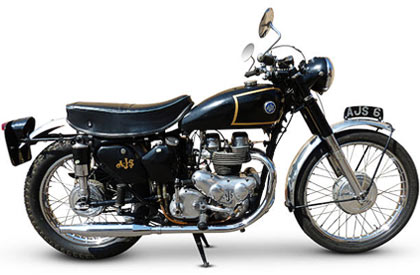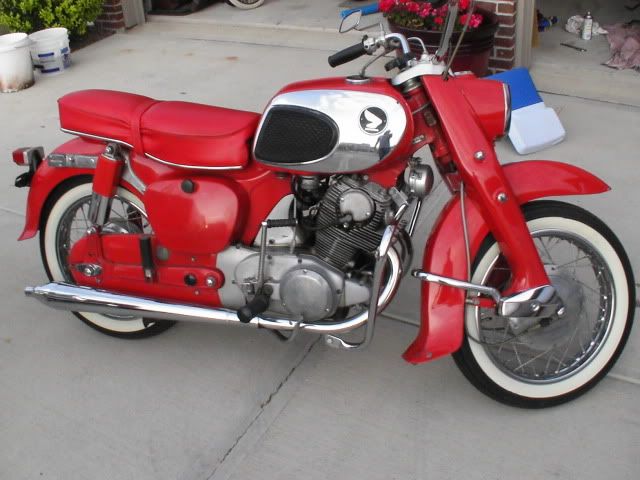

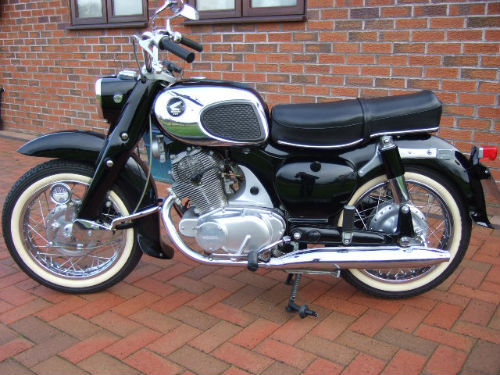

The son of a blacksmith, 'Dream' maker Soichiro Honda is born in Hamamatsu, Shizuoka, Japan.
It would a great mistake to consider Soichiro Honda just a motorcycle or car manufacturer. Honda considered himself an engine manufacturer, whether it be motorcycles, cars, trucks, lawnmowers or generators.
The son of a blacksmith and jack-of-all-trades, he spent the early part of his life immersing himself in all things mechanical. Often hoping things would break down so he could take them apart and improve them, a trait that would follow him throughout his career.
At age 16, Honda left school and moved to Tokyo, where he developed his lifelong passion for mechanical engineering. In 1922, be began working as an apprentice auto mechanic for Arto Shokai. His success at Arto Shokai afforded him the opportunity to open a branch of the company in Hamamatsu. Soon, he would patent a new procedure for casting metal wheel spokes.
In 1934, he rented a factory, hired 50 workers and began manufacturing his own die-cast piston rings, using the knowledge he had amassed casting spokes. His early efforts were dismal failures. In "Six Men Who Built The Modern Auto Industry", Richard Johnson writes: "He finally took his problem to a professor at Hamamatsu Technical School, who quickly alerted Honda to the problem - a necessary ingredient, silicon, was missing from the metal's composition." At age 29, Honda enrolled in the mechanical engineering department at Hamamatsu Technical School. But in typical Honda style, once he got what he needed, he left school refusing to take the final exam, and was never awarded a degree.
After the war, Honda sold the company to Toyota and used the proceeds to found the Honda Technical Research Institute in October 1946. In 1948 he started producing a complete motorized bicycle, the Type 'A', which was powered by the first mass-produced engine designed by Honda. The Type 'D' in 1949 was a 'true motorcycle' with it's two-stroke, 98cc, 3 hp motor cradled nicely in a pressed-steel frame that became the very first model in the legendary 'Dream' series. The Society of Automotive Engineers of Japan lists both the Type 'A' and the Type 'D' models as two of their 240 Landmarks of Japanese Automotive Technology.
My friend Glen Murcer has a red 1967 Dream that he rides only twice a year, June 1st and August 29th. Why only on those days? Because he's a freak.
Today in motorcycle history proudly supports the National Association for Bikers with a Disability (NABD). www.nabd.org.uk
